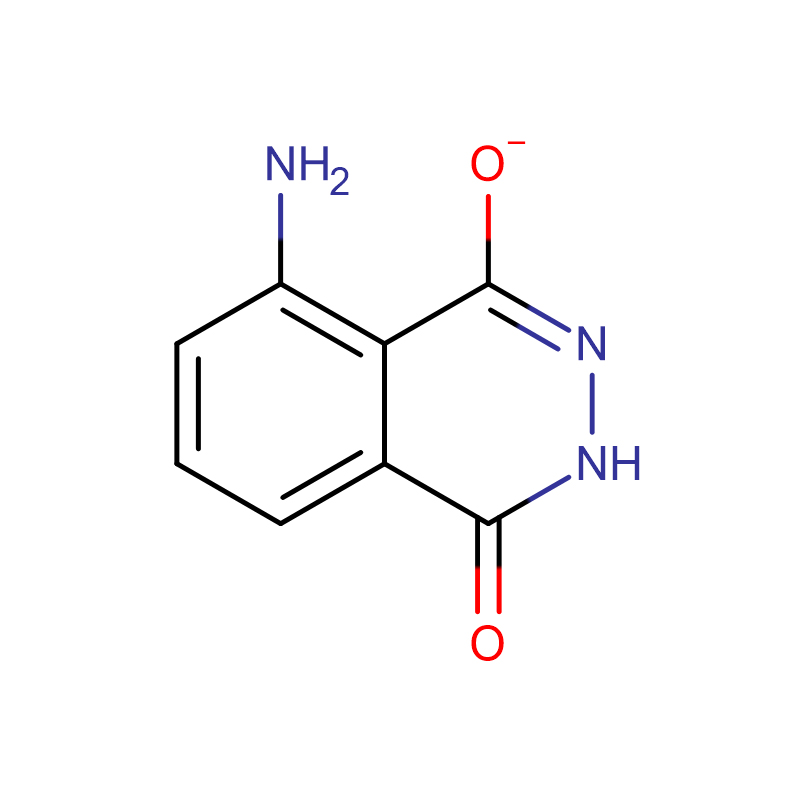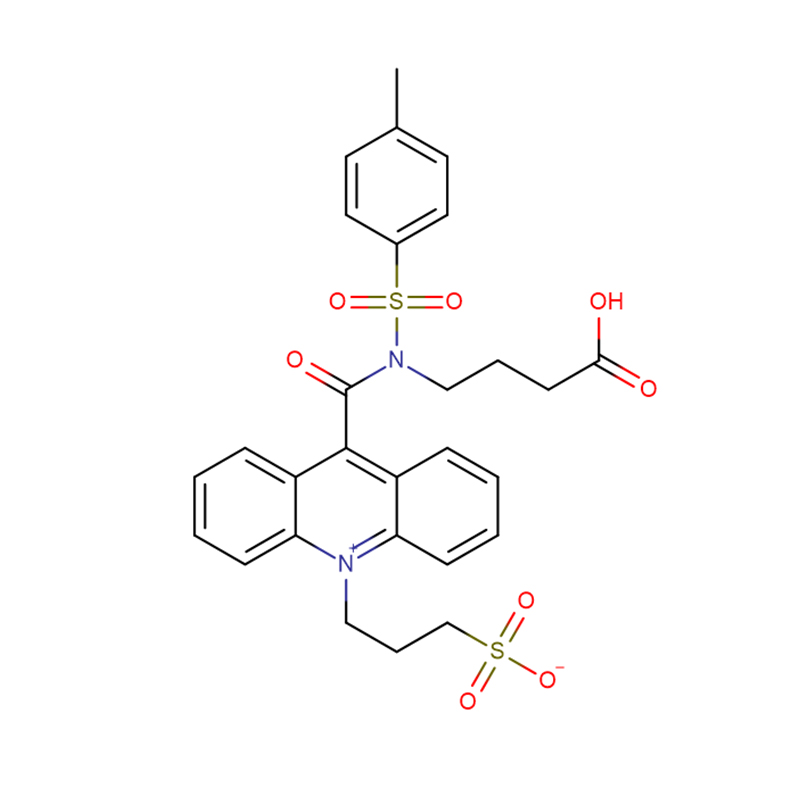Heparin sodium Cas:9041-08-1 white or almost white, hygroscopic powder
| Catalog Number | XD90184 |
| Product Name | Heparin sodium |
| CAS | 9041-08-1 |
| Molecular Formula | C12H17NO20S3 |
| Molecular Weight | 591.45 |
| Storage Details | 2 to 8 °C |
| Harmonized Tariff Code | 30019091 |
Product Specification
| Appearance | white or almost white, hygroscopic powder |
| Assay | 99% |
| Specific rotation | Dry goods should not be less than +50° |
| pH | 5.5 - 8.0 |
| Bacterial endotoxin | Less than 0.01 IU per International Unit of heparin |
| Residual solvent | According to the internal standard method with peak area calculation, methanol, ethanol, acetone, and, in turn, 0.3%, 0.5%, or less |
| Residue on Ignition | 28.0%-41.0% |
| Sodium | 10.5%-13.5% (dried substance) |
| Protein | < 0.5% (dried substance) |
| Nitrogen | 1.3%-2.5% (dried substance) |
| Nucleotidic Impurities | 260nm<0.10 |
| Heavy Metal | ≤ 30ppm |
| Clarity and color of solution | Solution should be clear colorless; Such as turbidity, ultraviolet-visible spectrophotometry, determination of absorbance at the wavelength of 640 nm, shall not be over 0.018; Such as color, compared with standard colorimetric liquid yellow, shall not be deeper |
| Related Substance | Sum of dermatan sulfate and chondroitin sulphate: not more than the aera of the corresponding peak in the chomatogram obtained with reference solution. Any other impurity: no peaks other than the peak due to determatan sulfate and chondroitin sulfate are detected. |
| anti-FXa/anti-FIIa | 0.9-1.1 |
| Liquid chromatography | Control sample solution in the chromatogram, dermatan sulfate (peak height and heparin and dermatan sulfate) between peak valley height ratio shall not be less than 1.3, obtained with test solution is similar in retention time and shape to the principal peak in the chromatogram obtained with reference solution. Retention time relative deviation shall not exceed 5% |
| Molecular weight and molecular weight distribution | Weight average molecular weight should be 15000 - 19000. The molecular weight of more than 24000 of the grade shall not be greater than 20%, the molecular weight of 8000 - 16000 of the molecular weight of 24000 - 16000 of the ratio should not be less than 1 |
| dry weight loss | ≤ 5.0% |
| Micro organisms | Total viable aerobic count: <10³cfu/g . Fungi/yeast <10²cfu/g |
| anti-factor IIa | ≥180 IU/mg |
Heparin, Sodium salt is a heparin polymer that produces its major anticoagulant effect by activating antithrombin. This activation causes a conformational change in ATIII and allows for increased flexibility in its reactive site loop. Heparin is a highly sulfated glycosaminoglycan known for preventing clots. Heparin, Sodium Salt is also an activator of RyR and ATIII.
Physical and chemical properties: Heparin sodium is white or almost white powder, odorless, hygroscopic, soluble in water, insoluble in organic solvents such as ethanol and acetone. It has a strong negative charge in aqueous solution and can combine with some cations to form molecular complexes. Aqueous solutions are more stable at pH 7.
Anticoagulant: Heparin sodium is an anticoagulant, a mucopolysaccharide, the sodium salt of glucosamine sulfate extracted from the intestinal mucosa of pigs, cattle and sheep, and secreted by mast cells in the human body. And naturally exists in the blood. Heparin sodium has the functions of preventing platelet aggregation and destruction, inhibiting the conversion of fibrinogen into fibrin monomer, inhibiting the formation of thromboplastin and resisting the formed thromboplastin, preventing the conversion of prothrombin into thrombin and antithrombin. Heparin sodium can delay or prevent blood coagulation both in vitro and in vivo. Its mechanism of action is extremely complex and affects many links in the coagulation process. Its functions are: ①inhibit the formation and function of thromboplastin, thereby preventing prothrombin from becoming thrombin; ②in higher concentrations, it has the effect of inhibiting thrombin and other coagulation factors, preventing fibrinogen from becoming fibrin Protein; ③ can prevent the aggregation and destruction of platelets. In addition, the anticoagulant effect of heparin sodium is still related to the negatively charged sulfate radical in its molecule. Positively charged alkaline substances such as protamine or toluidine blue can neutralize its negative charge, so it can inhibit its anticoagulation. effect. Because heparin can activate and release lipoprotein lipase in vivo, hydrolyze triglyceride and low-density lipoprotein of chylomicrons, so it also has a hypolipidemic effect. Heparin sodium can be used to treat acute thromboembolic disease, disseminated intravascular coagulation (DIC). In recent years, heparin has been found to have the effect of removing blood lipids. Intravenous injection or deep intramuscular injection (or subcutaneous injection), 5,000 to 10,000 units each time. Heparin sodium is less toxic and spontaneous bleeding tendency is the most important risk of heparin overdose. Ineffective orally, it must be administered by injection. Intramuscular injection or subcutaneous injection is more irritating, occasionally allergic reactions may occur, and overdose may even cause cardiac arrest; occasionally transient hair loss and diarrhea. In addition, it can still cause spontaneous fractures. Long-term use can sometimes cause thrombosis, which may be the consequence of anticoagulase-III depletion. Heparin sodium is contraindicated in patients with bleeding tendency, severe liver and renal insufficiency, severe hypertension, hemophilia, intracranial hemorrhage, peptic ulcer, pregnant women and postpartum, visceral tumors, trauma and surgery.
Uses: Biochemical research, used to prevent the conversion of prothrombin into thrombin, with antithrombotic effect.
Uses: Heparin sodium is a mucopolysaccharide biochemical drug extracted from porcine intestinal mucosa with strong anticoagulant activity. Mclcan discovered the femoral mucopolysaccharide heparin in liver tissue from dogs while studying the mechanism of blood clotting. Brinkous et al. proved that heparin has anticoagulant activity. After heparin was used as an anticoagulant in clinical applications for the first time, it has received attention from all over the world. Although it has a history of more than 60 years in clinical use, there is no product that can completely replace it so far, so it is still one of the most important anticoagulant and antithrombotic biochemical drugs. It has a wide range of uses in medicine. It is used to treat acute myocardial infarction and pathogenic hepatitis. It can be used in combination with ribonucleic acid to increase the efficacy of hepatitis B. It can be used in conjunction with chemotherapy to prevent thrombosis. It can reduce blood lipids and improve human immune function. also has a certain effect. Low molecular weight heparin sodium has anticoagulant factor Xa activity. Pharmacodynamic studies have shown that low molecular weight heparin sodium has inhibitory effect on the formation of thrombus and arteriovenous thrombosis in vivo and in vitro, but has little effect on coagulation and fibrinolysis system, resulting in antithrombotic effect. bleeding is less likely. Unfractionated heparin is a mixture of various amino glucan glycosides that can delay or prevent blood coagulation both in vitro and in vivo. Its anticoagulation mechanism is complex, and it has an effect on all aspects of coagulation. Including inhibition of prothrombin into thrombin; inhibition of thrombin activity; hinder the transformation of fibrinogen into fibrin; prevent platelet aggregation and destruction. Heparin can still lower blood lipids, lower LDL and VLDL, increase HDL, change blood viscosity, protect vascular endothelial cells, prevent atherosclerosis, promote blood flow, and improve coronary circulation.
Uses: Biochemical research, to prevent the conversion of prothrombin into thrombin.
Uses: Used to delay and prevent blood clotting








